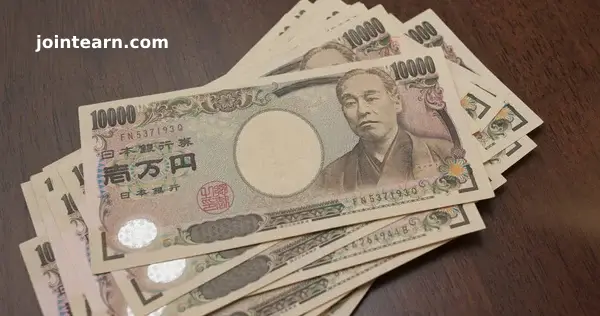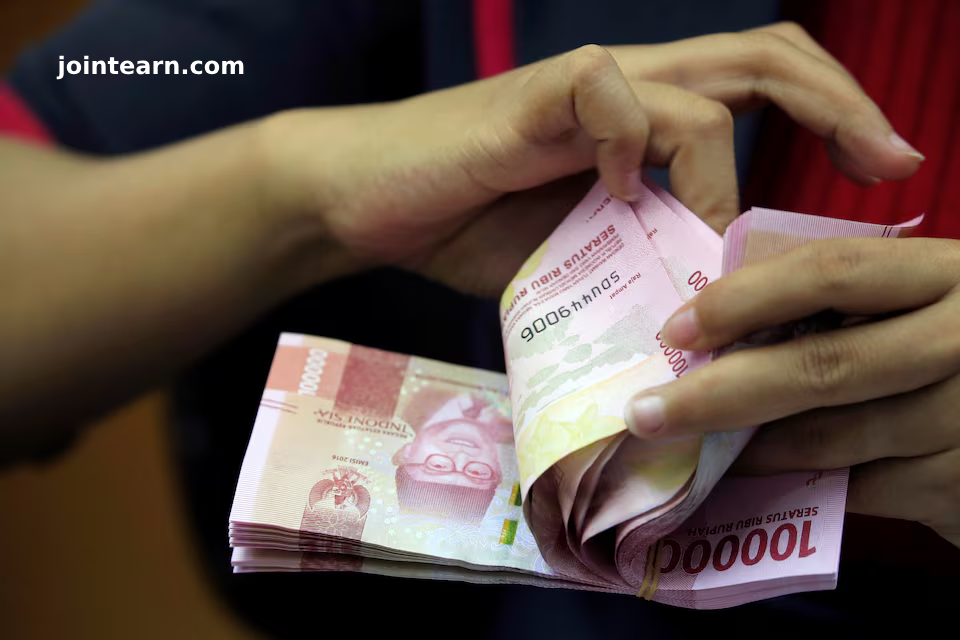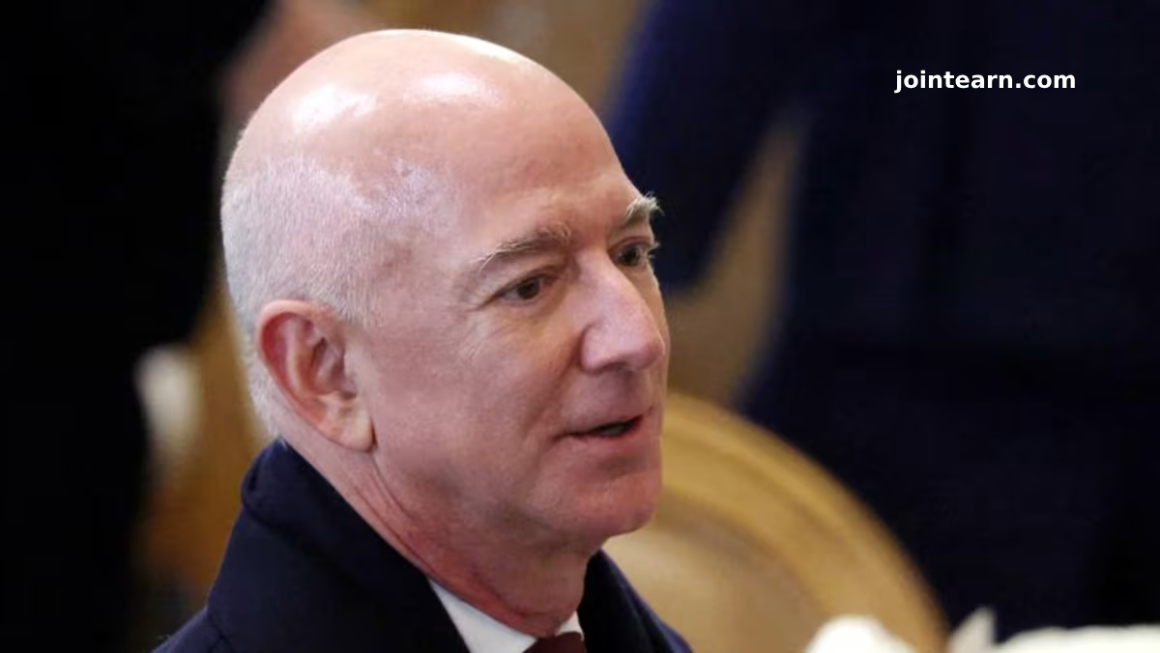The Japanese yen weakened and government bond yields dropped on Thursday after the Bank of Japan (BOJ) held interest rates steady but lowered its growth and inflation forecasts due to increasing uncertainty caused by U.S. tariff policies.
Following the BOJ’s dovish tone, the yen fell 0.6% against the U.S. dollar, nearing a two-week low. Meanwhile, the 10-year Japanese government bond (JGB) yield slid to 1.26%, its lowest level in three weeks. The Nikkei 225 index rose by 1% as investors interpreted the central bank’s cautious stance as supportive for equities.
BOJ Policy and Market Response
The BOJ cited uncertainty over U.S. trade moves under President Donald Trump as a primary risk, choosing to delay further interest rate hikes. Analysts noted the central bank’s strategy as a “holding pattern” while awaiting clarity on the trade outlook and its effects on Japan’s economy.
Kanako Nakamura, economist at Daiwa Institute of Research, noted the revisions to the BOJ’s forecasts were sharper than expected. “The impact of Trump’s reciprocal tariffs could suppress exports and production,” she said, though she left open the possibility of a rate hike later in 2025 if wage growth sustains above 5%.
Katsutoshi Inadome from Sumitomo Mitsui Trust Asset Management added that the BOJ’s cautious wording pushed investors to buy JGBs. He also suggested the BOJ’s forward-guidance aims to keep the yen stable while trade negotiations between Japan and the U.S. continue.
Analysts See BOJ as Dovish But Strategic
Masato Koike of Sompo Institute Plus emphasized the BOJ’s efforts to retain flexibility. Although the target of 2% inflation remains, the unchanged phrase “in the latter half of the projection period” hints at a de facto delay in the timeline, he said.
Bart Wakabayashi at State Street described the BOJ’s decision as a clear pause. “It was a nine-to-zero decision to hold rates—this is a wait-and-see approach,” he commented, adding that the market’s response was driven by diminished clarity on both growth and policy direction.
Long-Term Policy Outlook: Delayed Normalization
Tohru Sasaki, strategist at Fukuoka Financial Group, said the BOJ’s pessimistic view makes rate hikes unlikely this year. “It’s now harder for markets to price in policy normalization,” he noted. He also suggested that if the dollar remains weak, yen crosses like EUR/JPY and AUD/JPY could move higher.
Norihiro Yamaguchi from Oxford Economics expects no rate hikes in 2025 or 2026, projecting a modest increase to 0.75% only in 2027. “The BOJ’s downgraded forecasts clearly reflect a dovish policy stance amid ongoing tariff-related volatility,” he added.
Key Takeaways:
-
BOJ growth forecast cut 2025 triggers yen weakening
-
Japan bond yields drop as market prices in extended dovish policy
-
U.S. Trump tariffs create headwinds for BOJ interest rate outlook
-
Analysts see limited room for BOJ rate hikes in 2025
-
Monetary policy flexibility aimed at balancing yen stability and inflation targets












